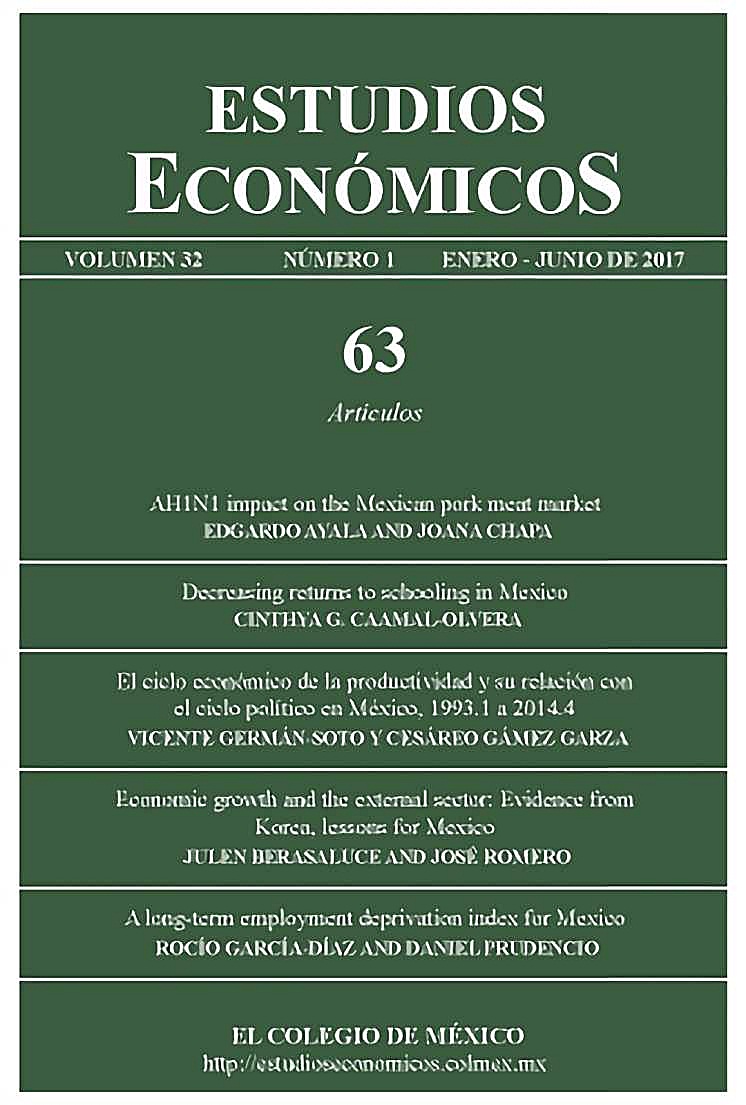Published 2017-01-01
Keywords
- returns to schooling,
- semi-nonparametric estimation,
- labour force
How to Cite
Abstract
The aim of this paper is to study the relationship between a growing better educated labour force in Mexico and labour market reward. The paper provides robust estimates of the returns to education, dealing with the ability and selectivity biases using parametric, semi-parametric, and semi nonparametric methods. The empirical strategy allows comparing the returns to education across quantiles to analyse the inequality variations within the conditional wage distribution over time. Data reveal a declining trend in the returns to education over time. Results also indicate that the inequality between the top and lower quantiles has been reduced.

